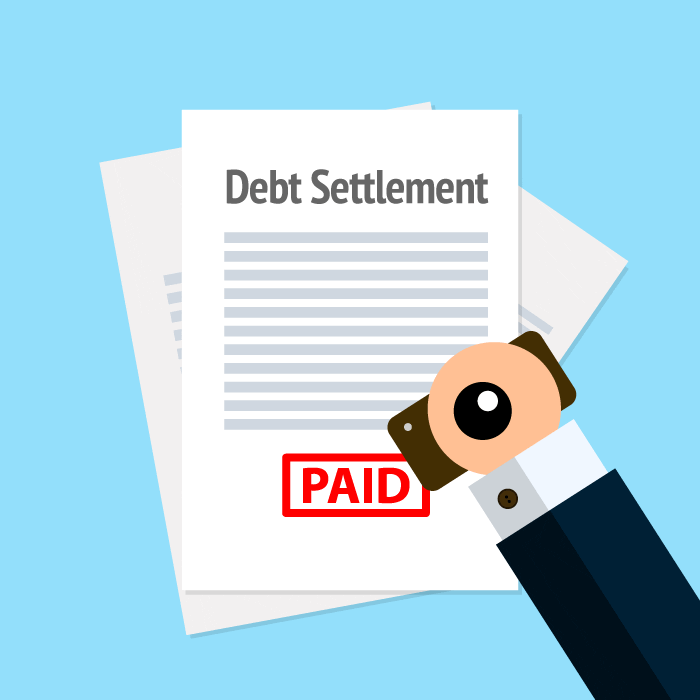How To Pay Off $5,000 In Credit Card Debt In A Year
By
Easy Tips
—
Wednesday, 18 July 2018
—
Credit Tips

If the plastic is not readily available, you're less likely to be tempted to use it. Create a safety net. 1,000 in a savings account. Having this cash cushion will keep you from charging expenses to your credit card in the event of emergencies. Develop a plan. If you only make the minimum payments, you won't make much progress due to accrued interest. 500 a month, to be specific.
Canceling cable, eating out less or clipping coupons are all changes that can help. Look for items you no longer use to sell online or at a garage sale. You may also want to consider a second job, a new job for a stay-at-home spouse or an entrepreneurial endeavor to boost income. Ask for a lower interest rate.
Call your credit card company and ask for a card with a lower interest rate. See if consolidating all your balances to a lower rate card would help. Execute the plan. If you've got one credit card, your path is simple. Apply all the extra monthly cash in your new budget toward that credit card until it's paid off.
If you have more than one card, start by paying as much as you can on the card with the highest interest rate and minimum payments on the rest. When that card is paid down, work on the next one. Make the most of windfalls. Put your tax refund, a bonus at work or an inheritance toward your goal. Every little bit helps. Take small steps at a time, and don't get discouraged if you encounter roadblocks. It may take a few extra months, but you're headed in the right direction.
They may therefore settle for a lower amount. Now, while you are opting for a negotiation, you must always keep a few things in your mind. First of all, you must always have a proper record of all the conversations between you and your creditor. This may help in case there arises a dispute in regard to the payment. Avoid using bad language or entering into an argument with the collectors. Most often the conversation is recorded. Apart from that, you should also see to it that you get a no dues certificate from the credit card company, as per the agreed amount. A verbal agreement does not hold any value.
This is really a very informative and wonderful blog. It is true that consumer credit card debt has increased in the past few years. The basic reason behind that are high unemployment rate, low pay scale and high cost of living. The best way to avoid credit card lawsuit is to stay away from delinquent credit card debts.
You can avoid delinquent debts by making regular payments on your credit cards. If you're finding it difficult to make payments on the credit cards, then it is better to pay it off through cash. Always pay your bills on time. Reduce your debt-to-income ratio. Don't open new credit accounts just because you need to shop more.
Live within a budget and try to avoid incurring new debts. Don’t give up hope and keep in mind where there is a will, there is a way. If you are not able to repay the unpaid credit card bills by following the above mentioned tips, then you may consolidate your multiple credit card bills into a single monthly payment. Your interest rate can be reduced through credit card consolidation.
5,700. Combined data from the U.S. Census Bureau and the Federal Reserve allowed us to dive deeper into credit card debt in the United States, and look beyond the face value of those two figures. Below you'll find some of the most prominent trends that emerged from the available data.
41.2% of all households carry some sort of credit card debt. 10,308 in credit card debt. The mean credit card debt of U.S. 5,700, according to most recent data from the Survey of Consumer Finances by the U.S. Federal Reserve. This information comes from data collected up through to the year 2013, and represents the most reliable measure of credit card indebtedness in the United States. The "mean amount of credit card debt" considers balances that Americans above the age of 18 have on average, throughout the year.
Another method for estimating average credit card debt is to look only at indebted households - excluding who pay their balances in full on a monthly basis. To obtain this figure, we looked at data reported by the Federal Reserve for Outstanding Revolving Debt - we then divided that number by the number of card-carrying households each year.